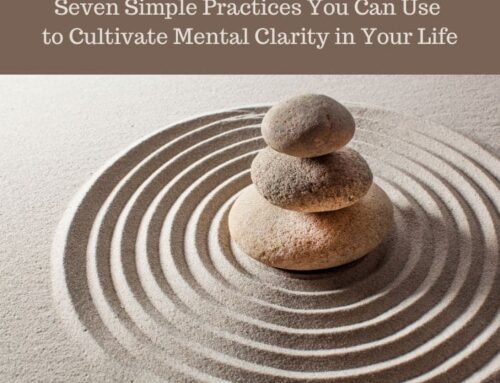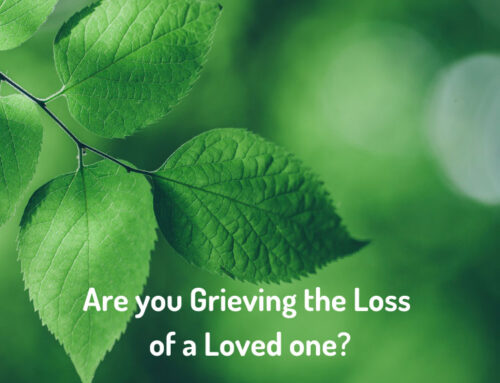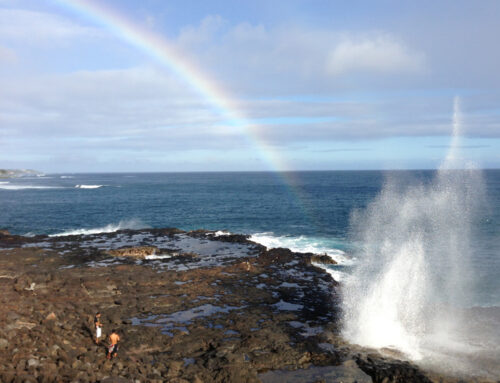Friendly and Perhaps Not-So-Friendly Thoughts on Prayer

In meditation, EW’s founder Ruth Anderson was guided to ask me to write about my experiences with prayer. So, here is a letter that I wrote to Ruth in response. My heads-up here is that I am a Quaker, and we call ourselves Friends. We often speak of the potential value in “befriending” people, ideas, or aspects of ourselves that might seem like a stretch. Here, I am referring to some not-so-friendly struggles I’ve had with prayer, but also some not-so-traditionally Quakerly takes on prayer. Luckily for me, the silent meetings I attend have no doctrine, so it’s all good. All that really matters is standing in love and compassion.
Dear Ruth,
Since I met you, I’ve been praying every morning for about 30 minutes to Archangels Michael (for safety), Gabriel (for creativity), and Metatron (for productivity). I found pictures on the internet of them that resonated with me and have printed them out to look at for inspiration.
I also pick a Cheryl Richardson self-care card for the day, which always has a beautiful and relevant message for me.
I was talking to Linda Dierks about prayer the other day during our interview. (I was interviewing her as EW’s Featured Program Host for December 2018.) Seeing as she is someone who radiates wise-woman energy, I trusted her enough to share that I still tend to do a lot of “begging” prayers from a place of lack or fear, probably based on losing my mom when young.
She suggested that I could also start a practice of channeling love to myself, love for the immediate others around me, and for the greater community. This type of prayer would raise my vibration, thereby attracting the good things for which I long.
In other words, I would be coming from Love, not lack.
I will be practicing this.
I’ve found the loveliest experience so far for me has been to place my hand on my heart and breathe in Love (adapting the work of Kristin Neff on self-compassion). That has really done something for me and gets me out of my head.
As a motherless daughter, I am attracted to knowing more about your deep and personal relationship to Divine Mother (that you have written about in your forthcoming book Listening to Light: Love Letters from Walking with Spirit). I am also drawn to learning more about Stephen Altair’s embrace of the Divine Mother. This was at the prompting of the Dalai Lama no less, a prompting he gave to a man.
As for being a Quaker of the silent variety (i.e., there is no service and no appointed minister—we are all considered ministers), there is no doctrine apart from making the space to be still and to practice seeing the Light Within (ourselves and others). There is an emphasis on service (being of practical help) and social justice, including gender, racial, and LGBTQ equality. Quite a few people are pacifists, but not all.
We can and do all “hold someone in the Light” who is suffering, if we are asked. A lot of Quakers are academics, healers, therapists, writers, even energy workers. People join who come from Christian, Jewish, and Buddhist backgrounds, although the roots of Quakerism are Christian.
At “Meeting” (our sacred gathering space), we sit in silent worship. If someone feels called by the Spirit to share, they can do so. I could not say if it’s prayer or meditation, mindfulness, “communitas,” or Divine guidance, but it is probably all of these, and is certainly worship. After worship, people share their sorrows and joys, both of which build our tender connections to each other.
We also have something called “worship sharing,” which I love too. We sit in small circles. We contemplate a question. The question is asked, and it is as if someone has thrown a beautiful pebble into a pond, and we reflect on the ripples. We sit in silent contemplation and are invited—but are not compelled—to share with the group from our Inner Light, creating more ripples. I have found this practice of contemplation and sharing to be powerful in strengthening our love for each other and strengthening the Inner Light within us all.
There is also another practice, done in small groups, called Experiment with Light, which is based on how the earliest Quakers used to worship. In a nutshell, it goes like this:
• Mind the Light: Take heed to the promptings of love and truth in your heart.
• Open to the truth that’s there: Trust them as leadings of God.
• Wait in the Light: Trust that you will see what you need to see.
• Submit to the truth: This brings us to new life.
This practice takes a few hours, and involves silent sitting, breaks, walking in nature, and/or journaling. We are then invited to share in a small group. Ultimately, we all come back together into the larger group. There is much power in this practice. Again, I am not sure what to call it—prayer, meditation, mindfulness, togetherness, and more.
There is also a more recent Quaker practice called “Circles of Trust.” The core idea here is to use a “Third Thing,” say a story, poem, a piece of art, or an offering from nature as an indirect way to re-connect to our “shy souls.” It is a soulful exploration.
As Parker Palmer says, it is about “…taking a journey toward an undivided life, supported by a circle of trust, a “community of solitudes” where people come together in a way that gives every participant a chance to attend to the inner teacher and learn from one another.”
I’ve attended and held many circles, where we contemplate and share our insights around a sacred Third Thing. The theme can be anything—work, relationships, parenting, loss, personal gifts, challenges, etc. The core idea is that we all have an “inner teacher” or can access our Inner Light if we take the time to listen.
Words such as “prayer” can sometimes limit us and become little prisons of expectation, or at least that is how it has been with me. An example might be my “begging prayers” to an outside power where I am hoping I will be helped or fixed. It’s a kind of Outside-In type of thinking. It’s not part of Quaker practice, at least as I understand it.
More “Friendly” or “Quakerly” is the Inside-Out approach, especially when infused with a spirit of love, mindfulness, exploration, inquiry, insight, awe, and humility. It is that concept of connecting to our own powerful Inner Light and to those of others.
I’ve been wondering about the merits of each approach. Perhaps neither is better than the other. Mindful, non-judgmental awareness is a befriending, and therefore a blessing.
I feel that when it comes to prayer, all that matters is that we intend to meet ourselves and others where we are, with love and compassion. And if we fail, let’s send ourselves love and compassion!
About Dido Clark
Dido Clark, Ph.D., is a writer and editor who works with caring professionals so that their Inner Light can be expressed more fully through their online presence.
With her clients, she co-creates books, web page content, online articles, blogs, and newsletters. As well as being a writing partner, she also edits and proofreads books and ebooks. With her team, she creates websites and social media posts.
Dr. Clark is also a certified coach who helps those with heartbreaking loss. She knows from personal experience herself—from losing her mother young—that sometimes it is by being broken open that our Inner Light shines more brightly. Her spiritual approach to coaching is informed by being a Quaker.
She uses a combination of evidence-based approaches from narrative practice, grief theory, and positive psychology to create the fullest expression of the Inner Light. In this way, her clients can move from heartbreak towards a greater sense of wholeness.
website: Expressably





